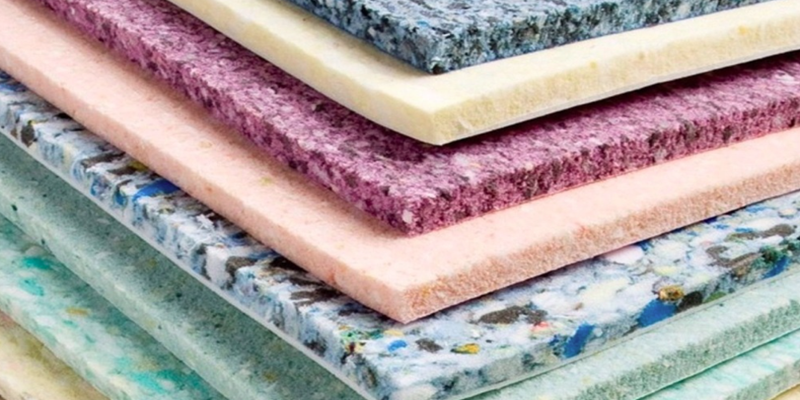Polyurethane catalysts play an important role in the production of flexible foam products, enabling precise control of reaction rates, foam structure, and end-product properties. Among them, high-resilience (HR) foams and reaction injection molding (RIM) products require specialized catalysts to achieve the desired characteristics, such as elasticity, durability, and efficient processing.
The role of catalysts in flexible foam production
Flexible polyurethane foams are widely used in furniture, automotive interiors, and bedding applications for their comfort and elasticity. The production process involves a reaction between polyols and isocyanates, and catalysts accelerate and balance the foaming (water-isocyanate reaction) and gelling (polyol-isocyanate reaction) processes. Selecting the right catalyst is important to optimize foam properties such as cell structure, cure time, and mechanical strength.
MXC-A1 (BDMAEE): High-Performance Catalyst for HR and RIM Applications
MXC-A1 (N,N-Bis(2-dimethylaminoethyl)ether, BDMAEE) is a highly efficient tertiary amine catalyst that is widely recognized for its excellent performance in flexible foam applications. This colorless to slightly yellow liquid is one of the most active amine catalysts available today, making it a widespread choice for manufacturers seeking high catalytic efficiency and product consistency.
Key Benefits of MXC-A1:
Enhanced Foaming Efficiency: MXC-A1 primarily promotes the urea (water-isocyanate) reaction, ensuring fast and uniform foam expansion.
Highly Selective and Active: It provides excellent control over the foaming reaction, reducing unwanted side reactions and ensuring a stable, high-quality foam structure.
Optimized for High Resilience Foam: HR foams require a finely tuned balance of elasticity and durability, and MXC-A1 helps achieve this balance by ensuring consistent polymer formation and cell structure.
Superior Performance in RIM Products: RIM applications require fast reaction times and strong mechanical properties. MXC-A1 enhances these processes by promoting efficient foaming and fast curing, resulting in high-performance polyurethane components.
Why Choose MXC-A1 for Your Production?
As the polyurethane industry moves toward high-performance and low-emission formulations, MXC-A1’s ability to improve processing efficiency while maintaining excellent foam properties makes it a widely used catalyst for manufacturers of high-resilience foams, automotive parts, and premium soft foam products.
By integrating MXC-A1 into your formulations, you can achieve superior foam quality, reduce production costs, and enhance sustainability. To learn more about how MXC-A1 can optimize your polyurethane foam production, contact us today at info@mingxuchem.com!
Post time: Mar-31-2025

